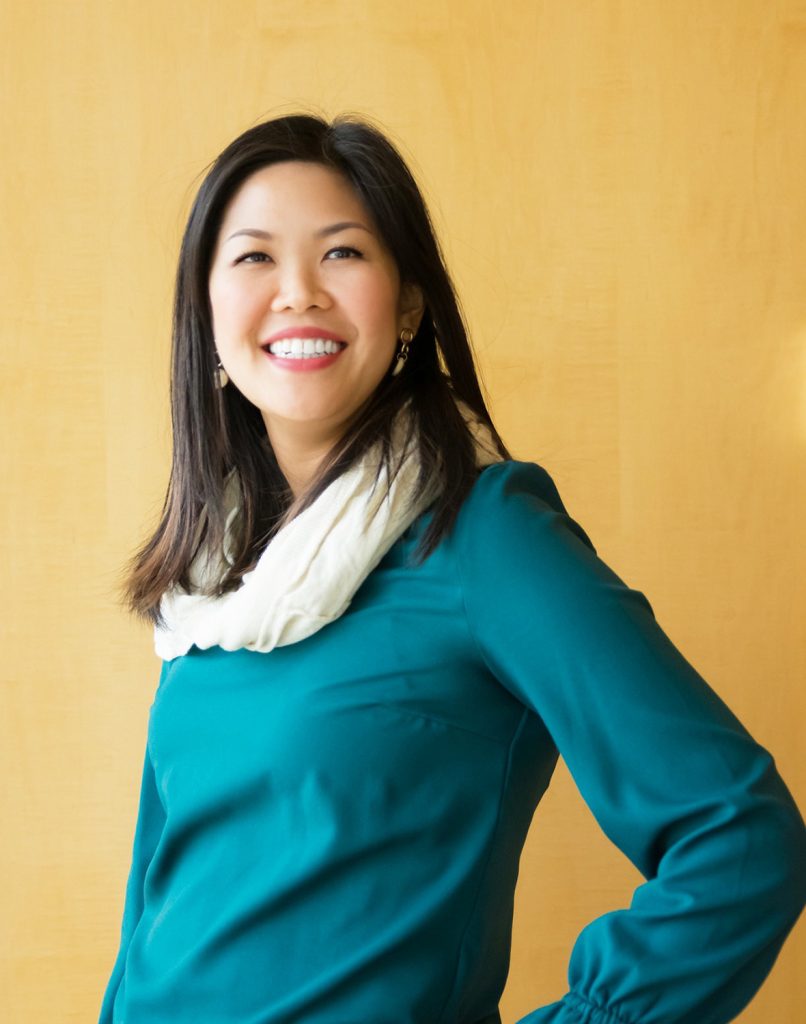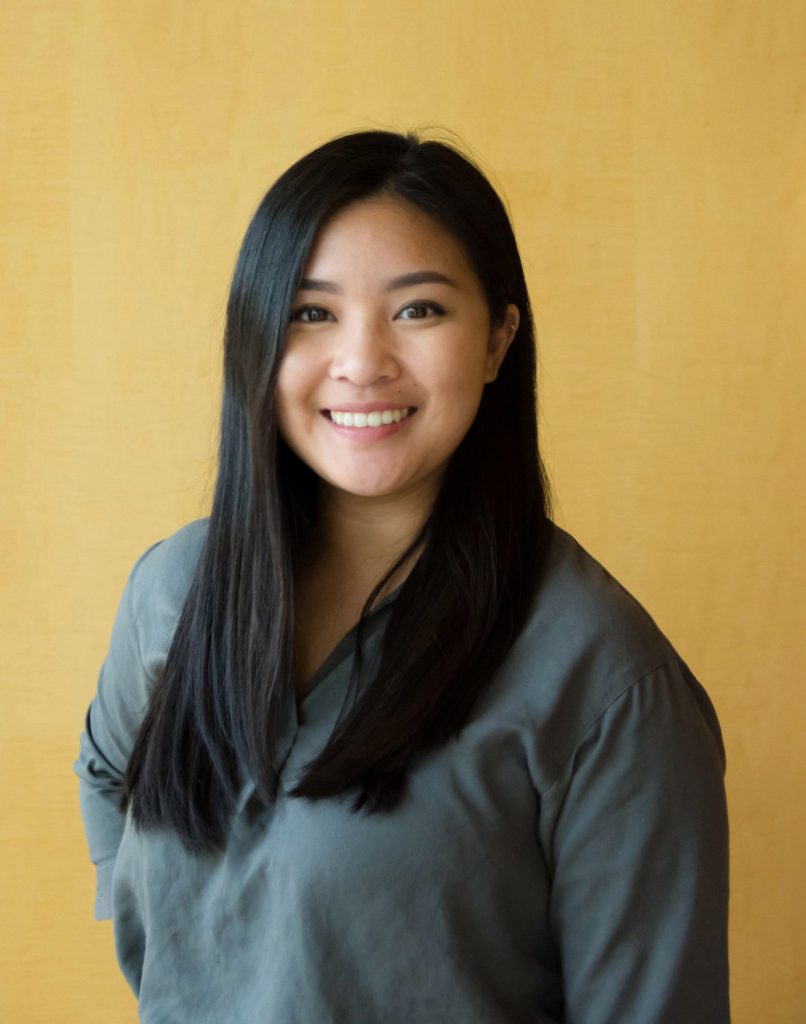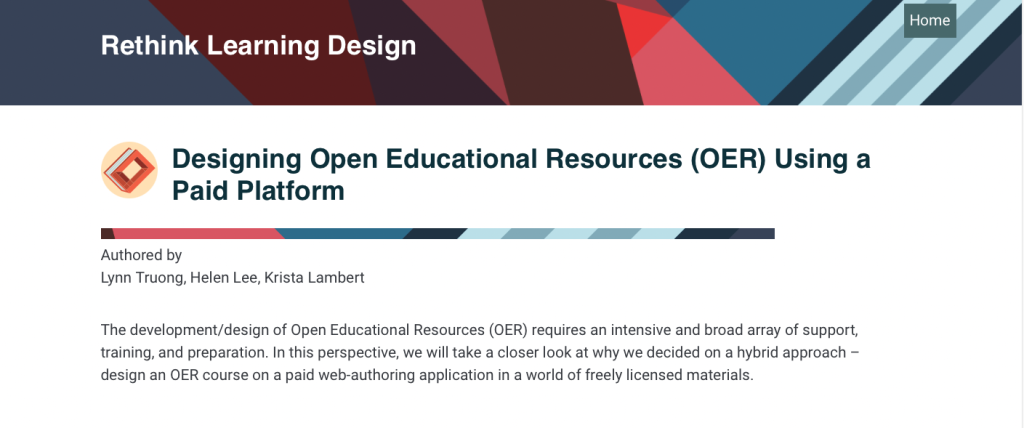Creating Open and Accessible Learning Materials
- 2 mins read
For the past few years, we have been using Articulate Rise as a content holder for many of our courses at JIBC. Articulate Rise, a private and proprietary platform, has increased significantly in popularity as a course authoring tool across multiple areas at JIBC, ranging from student/faculty orientations, entire programs quickly pivoted during covid then re-envisioned post-covid, plus many more contract training projects. In many ways, Rise has enabled us to create elegantly designed content quickly and effectively for online deliveries. It integrates well with our Learning Management System (LMS), Blackboard, and offers more formatting choice and interactive content opportunities than we have had in the past with other tools.
However, as instructional designers, learning experience designers, course developers, instructors or simply educators, one of our abiding priorities is in figuring out how we create learning experiences that are open, accessible, and inclusive for all learners.
All the tools, techniques and technology in the world are nothing without the head, heart and hands to use them wisely, kindly and mindfully.
Rasheed Ogunlaru Tweet
As much as Rise allows designers to quickly create beautiful and mobile friendly courses, we must dive deeper to ensure the final product is accessible and inclusive for all.
As we worked to resolve this paradox – creating open and accessible materials within a proprietary format – we were invited to explore this idea more fully by participating in a project called Rethink Learning Design. This is an open, online resource co-authored by several post-secondary educators to offer their impressions and perspectives on using Open Education practices in our work as instructional designers.
As part of the Rethink Learning Design project, we (that is, CTLI instructional designers Lynn, Krista and Helen) were able to explore the following challenges in our work:
- Limitations in developing an open education course using Rise.
- Designing and developing Open Education Resources (OERs) for post-secondary schools with students and administrators in mind.
- Issues related to digital learning materials, copyright, and accessibility.
Along the way, we tried to resolve a few of the following questions, and we’d like to invite you to consider these as well:
- What are some of the top considerations when developing an accessible course?
- Are design decisions accessible and inclusive?
- How does your current role in the organization play a part in your design decisions?
We would like to invite you, Learning Hub readers, to review our chapter, Designing Open Educational Resources Using a Paid Platform and think about how it applies to your work at JIBC. As you review our chapter, we invite you to provide your thoughts in our summary Reflective Questions Online Form.
About the Authors








